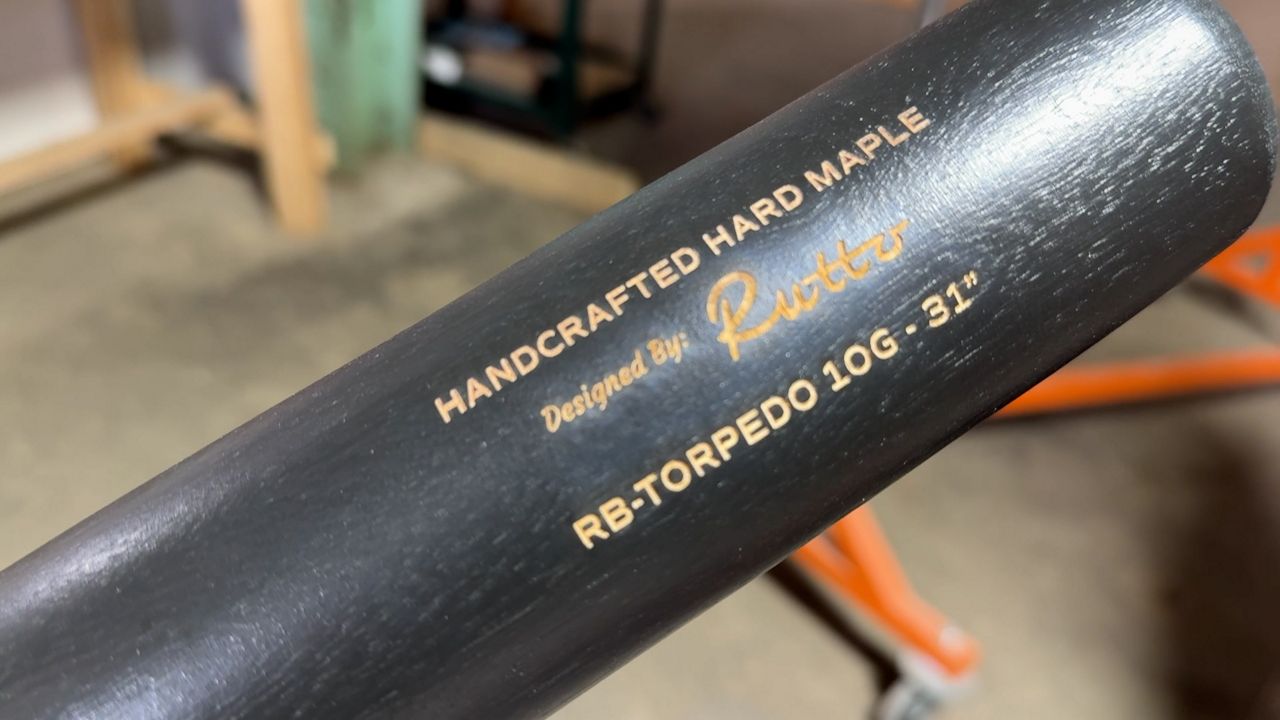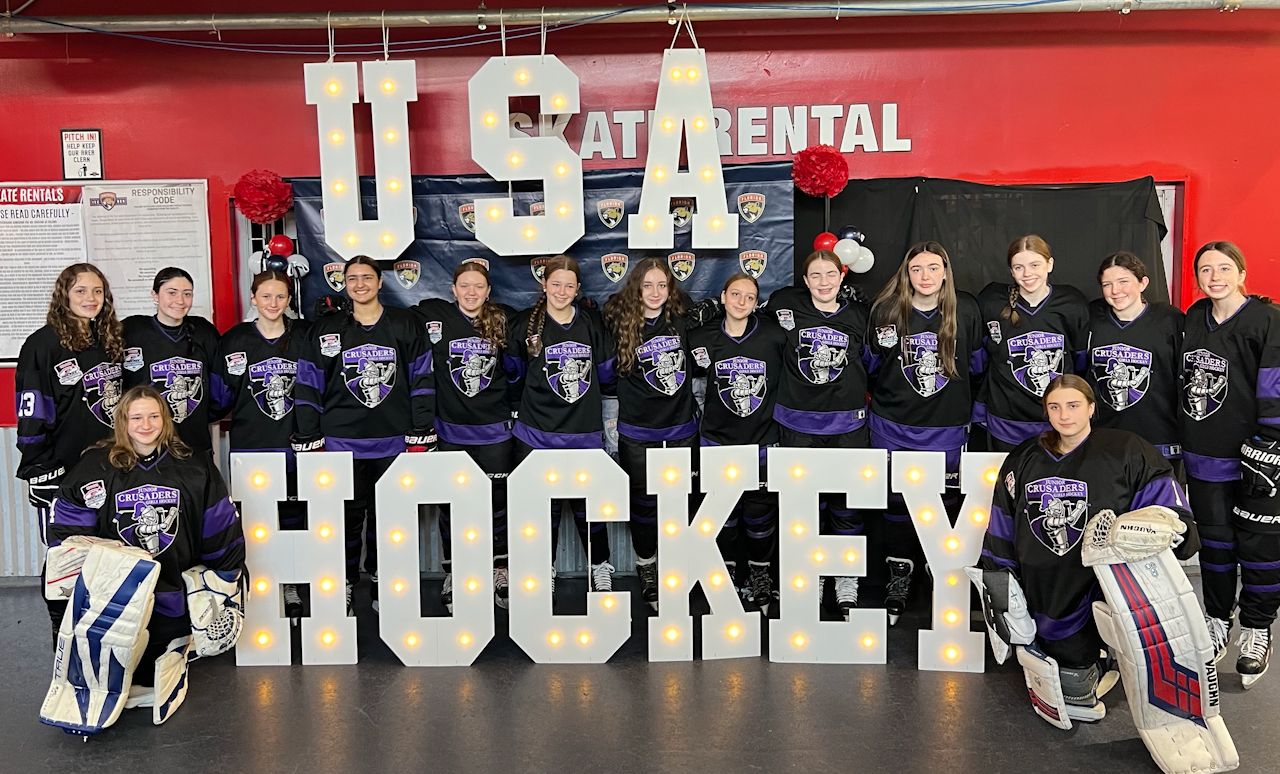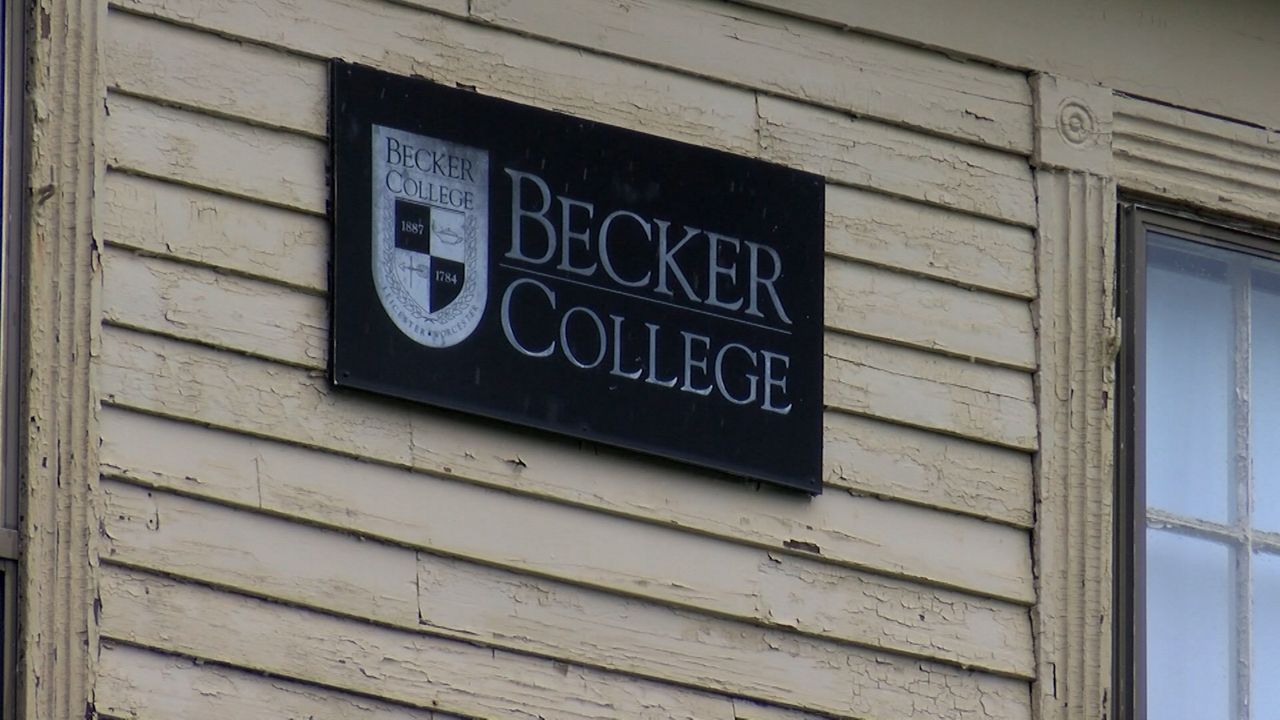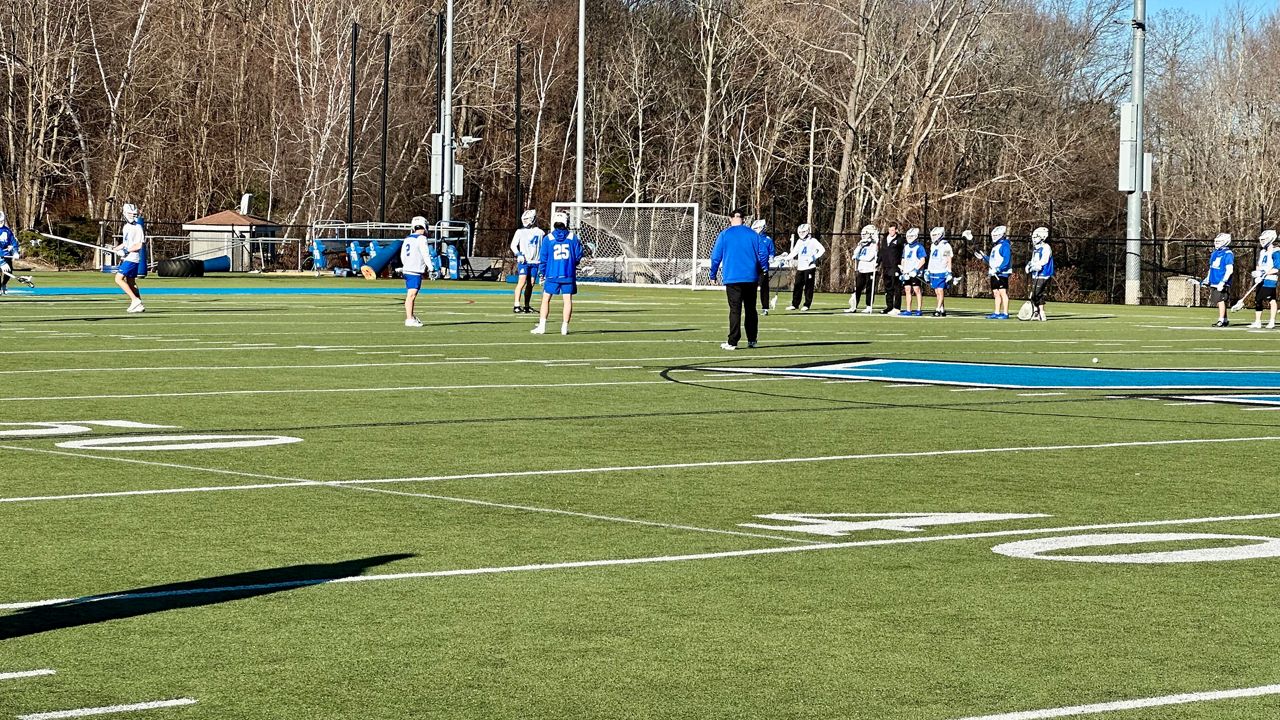WESTBOROUGH, Mass. - Many hope we are moving away from the colder months as April begins and wildlife across Massachusetts will be out and about for spring; one animal many try to avoid is snakes.
“We have 14 species of snake that are native to Massachusetts," Mike Jones said. "There's only one part of the state where all of those can be found and it's in the lower Connecticut River Valley in that section that runs from Northampton to Springfield.”
State herpetologist Mike Jones said it’s normal to see snakes in Massachusetts, especially as things start to wake up for spring but you likely won’t run into more than one at a time.
“One time you might see multiple water snakes is this time of year as they're starting to come out from the winter," Jones said. "So, you might catch them for a couple of weeks in April.”
If you’re out gardening or on a nature walk and see a snake it’s likely a garter snake which is the most common or the northern water snake which takes second place.
Jones said almost all snake encounters in Massachusetts will be with a harmless and non-venomous snake. Of the 14 species in the Bay State, he said 12 are completely harmless.
“We do have two venomous species, the timber rattlesnake and the copperhead. But they're both endangered in Massachusetts and they're very uncommon," Jones said. "They're not found in reservoirs, they're not found in ponds or lakes. They're found up on high, rocky mountainsides in very remote areas generally. So, the casual observer is extremely unlikely to encounter either one.”
Jones said snakes are beneficial in our environment as they eat mice, chipmunks and rodents, so don’t worry too much if you see one slither by this spring.
“It's uncommon in Massachusetts to see many snakes at one time; 3 or 4 would be a lot. I work with snakes, I study snakes. It's uncommon to see several snakes all together," Jones said. "So, I think the visual that comes to mind when people you know, hear the term infestation, they're probably picturing something that actually, is very uncommon in Massachusetts.”











